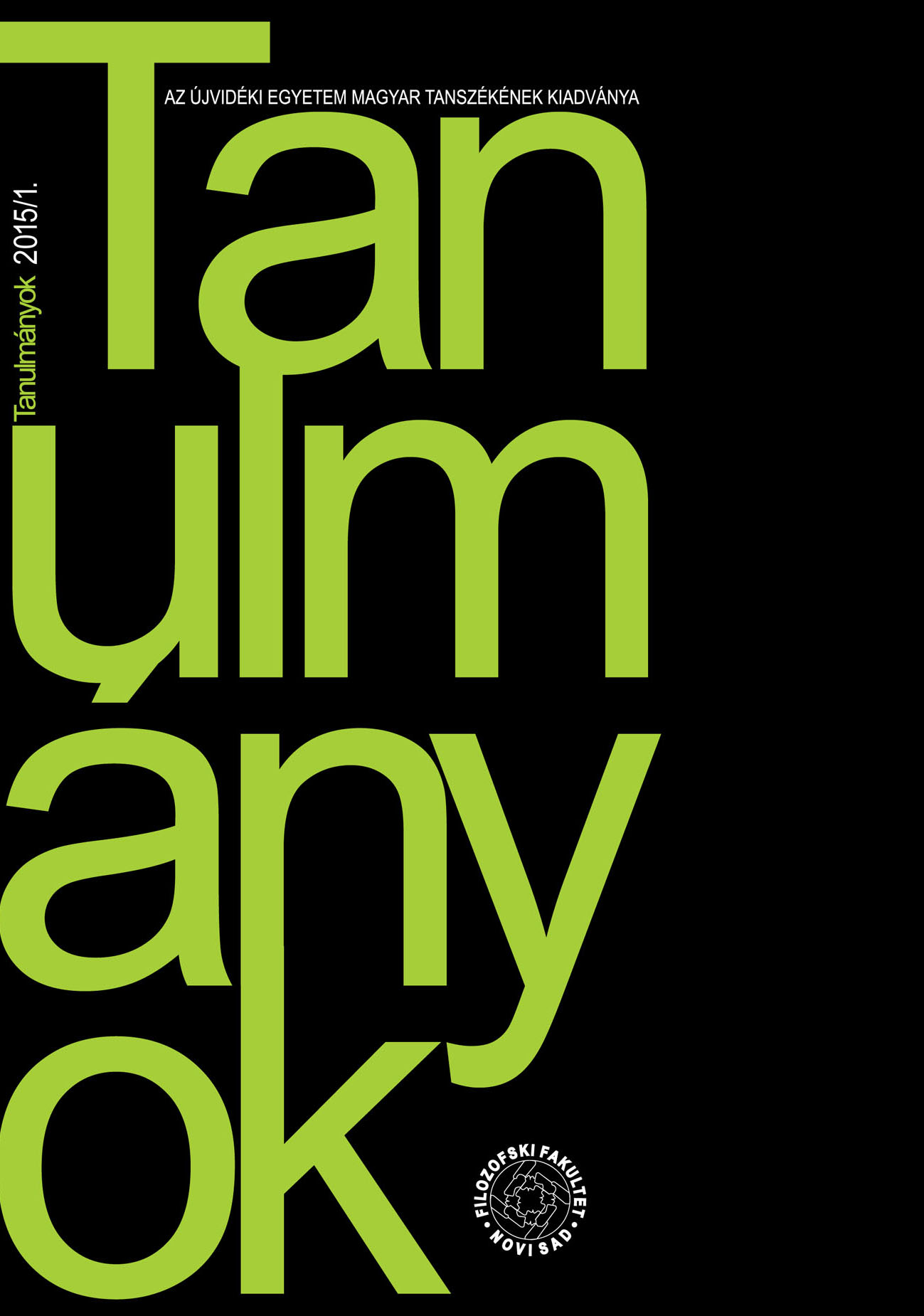Hofmannsthali architektúra
Hofmannsthal Architecture
Author(s): Éva HózsaSubject(s): Hungarian Literature
Published by: Филозофски факултет, Универзитет у Новом Саду
Keywords: biographical context; place; mediality; end of the Monarchy; saloon culture; becoming subjective; material world; mask; narrative representation; theatre; Hungarian contacts; reinterpretation
Summary/Abstract: After Hofmannsthal’s biographical researches with a new approach, the paper raises the problems of the Austrian author’s places, and the new viewpoints of the discourse from the end of the Monarchy. The volume of Wilhelm Hemecker, Konrad Heumann and Claudia Bamberg entitled Hofmannsthal. Orte (2014) serves as a starting point to the approach of the oeuvre in the 21st century to highlight the places that become subjective and the position of things. The differentiation of the places, their intimacy and context, provide an opportunity to the reinterpretation of the contact between the pseudonym and the mask, respectively to the examination of some text places. The study touches upon the Hungarian parallels, mainly the Hofmannsthal interpretations of Mihály Babits and Dezső Kosztolányi, and some approaches from Vojvodina. By the choice of the subject, the author recollects the memories of the literary historian Zoltán Kanyó (1940–1985), former tutor of the University of Szeged.
Journal: Tanulmányok
- Issue Year: 2015
- Issue No: 1
- Page Range: 27-38
- Page Count: 12
- Language: Hungarian

